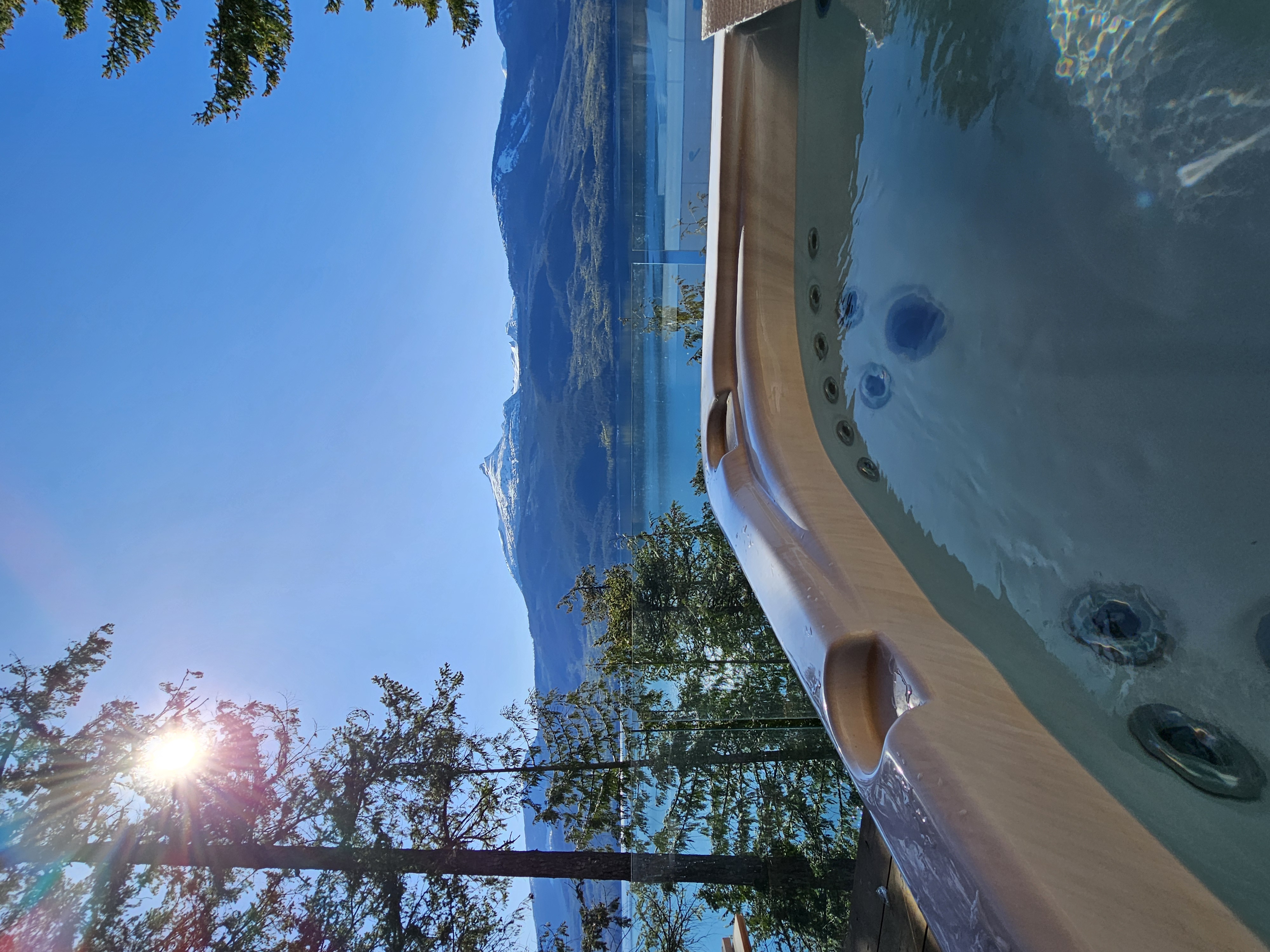Hot Springs Myths Robbing Your Relaxation

You’ve been lied to about hot springs. Those steaming, mineral-rich waters that people have sought for centuries aren’t what most people think. Misconceptions about hot springs keep countless people from experiencing one of nature’s most therapeutic offerings, and it’s time to set the record straight.
As someone who has soaked in hot springs across three continents, I’ve heard every myth imaginable. Let’s bust the biggest ones keeping you high and dry instead of warm and relaxed.
Winter-Only Wonders? Think Again
The most persistent myth? Hot springs are winter-only experiences. False.
While there’s undeniable magic to soaking in steaming waters as snowflakes drift down, limiting hot springs to cold weather months means missing out on incredible summer benefits. In warmer months, the contrast between cool morning air and warm mineral water creates a uniquely refreshing experience.
Summer soaking offers distinct advantages. Morning dips in hot springs followed by cooling off in nearby streams or lakes create a natural contrast therapy that improves circulation and invigorates your body. Many hot springs locations also see fewer visitors during summer, meaning more space and tranquility for you.
The key is timing. Early mornings or evenings minimize temperature discomfort, and many natural hot springs maintain cooler sections perfect for summer soaking.
That Smell Isn’t What You Think
Let’s address the nose-wrinkling elephant in the room. Yes, some hot springs smell like eggs. No, that doesn’t mean they’re dirty or dangerous.
The distinctive aroma comes from sulfur compounds, particularly hydrogen sulfide, naturally present in many geothermal waters. These same compounds contribute to hot springs’ therapeutic properties for skin conditions and muscle relaxation.
Not all hot springs smell, either. The scent varies dramatically based on mineral composition. Some are completely odorless while others have only mild mineral scents that dissipate once you’re in the water.
For those sensitive to sulfur smells, seek out hot springs rich in other minerals like calcium and sodium bicarbonate, which typically have milder aromas while still delivering therapeutic benefits.
Family-Friendly Waters
The myth that hot springs aren’t suitable for children stems from confusion between different types of hot springs.Children actually benefit tremendously from hot springs’ mineral content. The magnesium can improve sleep quality, while the gentle buoyancy helps young bodies relax.
Simple precautions make hot springs safe for family adventures: limit soak time for kids (15-20 minutes), ensure everyone stays hydrated, and choose springs with multiple temperature options.
Natural Doesn’t Mean Unsanitary
Another common misconception is that natural hot springs are unsanitary. While undeveloped springs require more caution, many natural hot springs have flow-through systems where fresh water constantly replenishes pools like at the www.privatehotsprings.com & www.kootenayhotsprings.com.
The mineral content in hot springs actually creates an environment hostile to many common pathogens. Sulfur, for example, has natural antimicrobial properties. Iron and copper minerals found in many springs similarly inhibit bacterial growth.
Developed hot springs combine these natural benefits with modern water quality management.
Beyond Relaxation
Perhaps the biggest myth is that hot springs merely offer relaxation without substantive health benefits. In reality, the mineral composition of these waters can contribute significantly to wellness.
Magnesium absorption through the skin potentially improves sleep quality and reduces stress. Calcium and sodium bicarbonate in many springs can temporarily relieve dry skin conditions. The heat itself increases blood flow to muscles and joints, potentially reducing inflammation.
Japanese researchers have studied balneotherapy (hot spring therapy) for decades, documenting benefits for certain skin conditions, joint mobility, and stress reduction. While not a replacement for medical treatment, hot springs complement overall wellness routines.
Finding Your Perfect Soak
Now that we’ve cleared up the major misconceptions, how do you find your ideal hot springs experience? Research temperature ranges, mineral composition, and development level.
Start with shorter soaks of 15-20 minutes until you understand how your body responds to mineral-rich thermal waters. Stay hydrated before, during, and after your soak.
Don’t let outdated myths keep you from experiencing these natural wonders. Whether you’re seeking stress relief, family fun, or connection with nature, there’s a hot spring perfectly suited to enhance your wellbeing—regardless of season, age, or sensitivity to smells.
The waters are waiting, and now you know the truth about what they offer. so are you ready to visit natural hotsprings www.kootenayhotsprings.com & www.privatehotsprings.com
